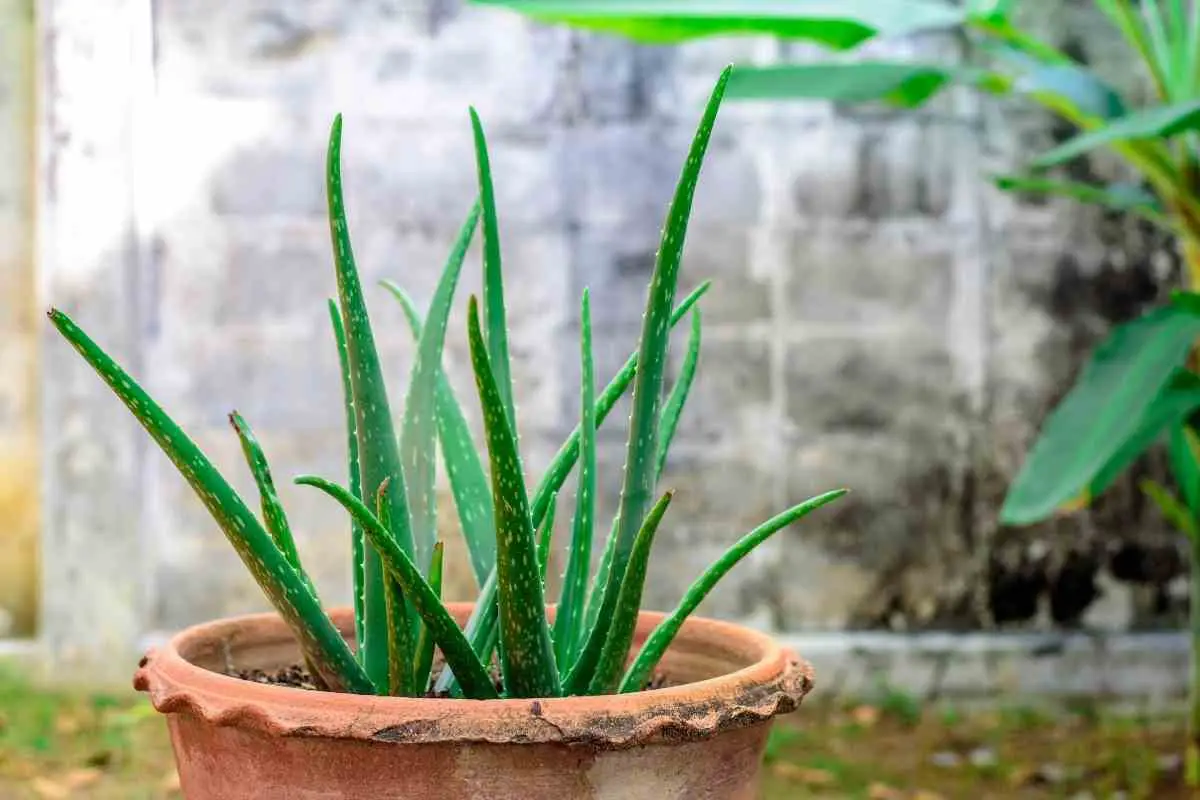A shriveled and wrinkly-looking succulent is the last thing you want to have to adorn your shelf or hanging basket.
But it is a common succulent problem that affects many owners from time to time.
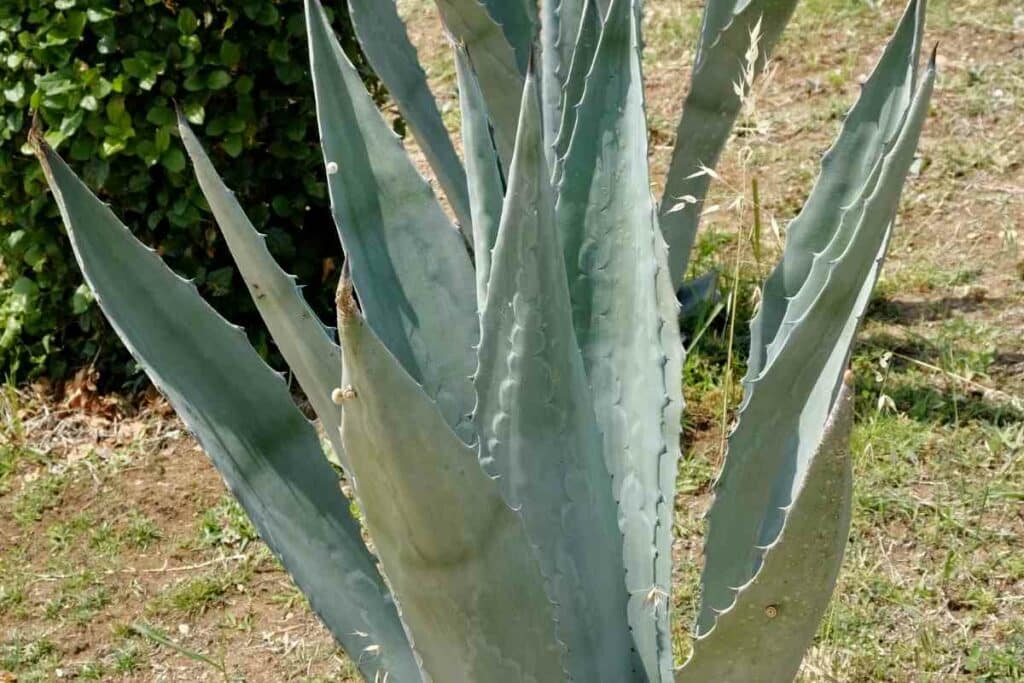
You may be reaching for the watering can, thinking that watering your plant will bring back the pertness, but it’s important to know that succulents get wrinkly for several reasons and how to identify and tackle the underlying causes.
In This Article – We explain what causes succulents to get wrinkly and what you can do to not only remedy but also prevent wrinkling of your prized succulents.
A shriveled and wrinkly succulent is a sad sight
A soft and wrinkly succulent is a sad sight and cause for concern for any plant owner.
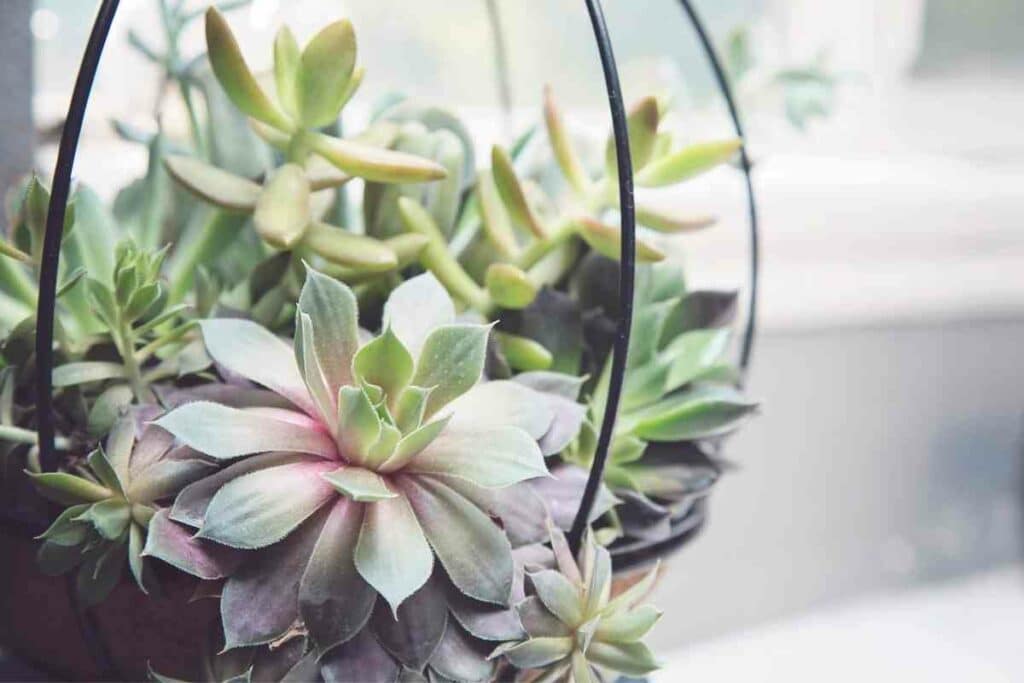
If your succulent has any of these features you need to be considering the cause so you can take prompt action:
- Leaves looking like shriveled fingers
- A crepe-like ‘skin’ on the leaves
- Leaves turning brown and rotting
- Soft and mushy leaves that are translucent
This condition is unlikely to remedy itself and if left, the succulent may start to lose its leaves and ultimately die.
Once advanced, a wrinkled succulent is unlikely to recover, but the prognosis is good if you help your plant early.
There are several causes of a wrinkled succulent
The sight of a wrinkled succulent probably has you immediately reaching for the watering can, but there are multiple causes of a wrinkled succulent.
Here are the main reasons.
Overwatering
As succulents are naturally drought resistant, overwatering is the most likely cause of a wrinkled plant.
Your succulent stores water in its tissues and excess water will swell, burst, and stretch the water-storage cells, making the leaves wrinkly and limp.
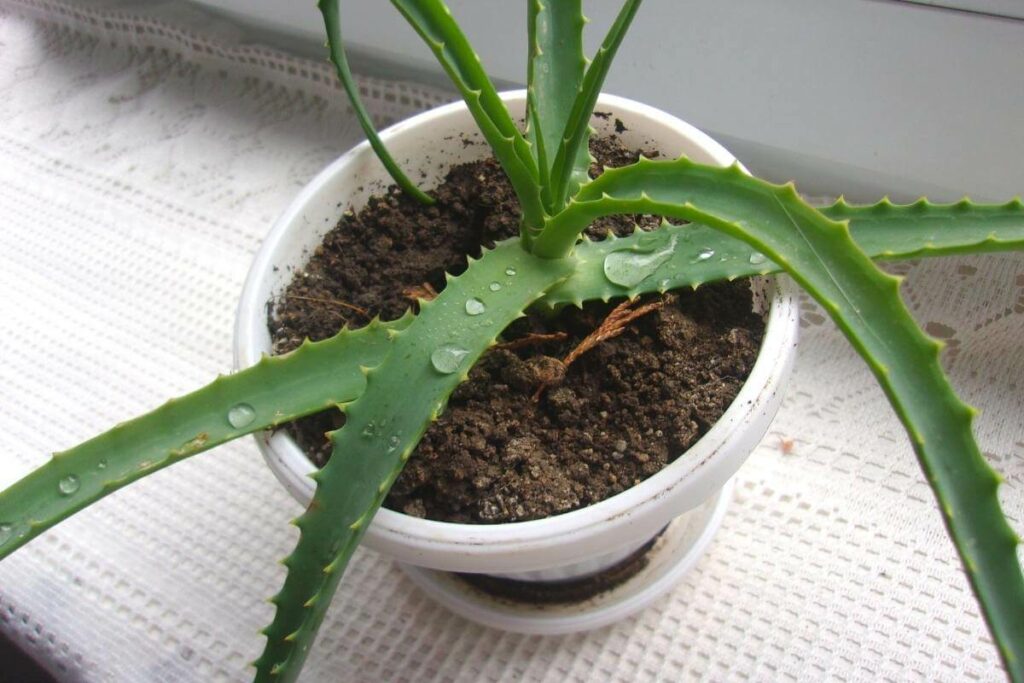
The succulent droops and the leaves change color, becoming translucent as the excess water dilutes its color.
Of course, if the green-colored chlorophyll in the leaves is diluted, the plant cannot produce its food and will fail to thrive.
A wrinkly-leaved squishy plant like this will start to rot from the roots, drop its leaves and die.
Underwatering
With underwatering, you also get a wrinkly succulent with withered and dried leaves, browned tips, and leaf curling.
Leaves lose all the water in their storage tissues and start to dry from the bottom, moving upwards. When you feel them they are soft and flat.
Importantly – With an underwatered succulent, the soil of the plant will be bone dry, compared to an overwatered succulent.
Once the leaves of an underwatered succulent become wrinkled and shriveled, its condition can deteriorate rapidly with leaf drop and death following if the underwatering is prolonged.
Inadequate sunlight
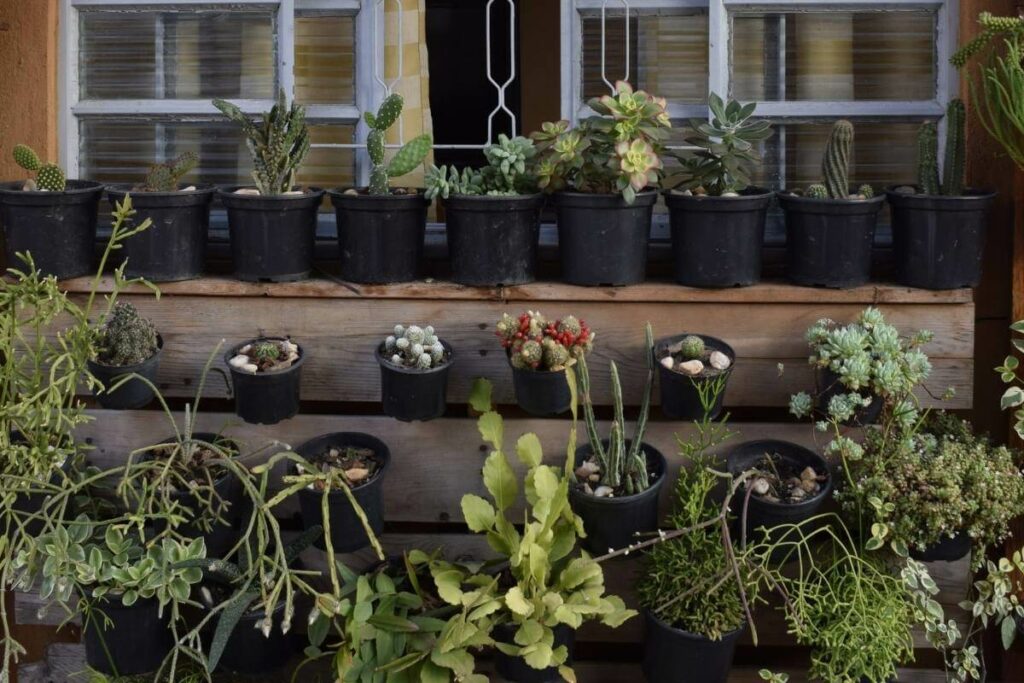
A succulent that is struggling with inadequate sunlight can also look a little wrinkly, primarily because of failure to thrive.
The leaves lose color and become:
- faded
- flattened
- and stretched
Etiolation or stretching of the plant to find more light leads to the spreading of the leaves of a succulent with wrinkling and large gaps between leaves on an elongated stem.
Too much sunlight
Too much sunlight can also produce a deteriorated appearance in a succulent with shriveling and wrinkling.
This response is a defense mechanism to protect the succulent from the intense UV and heat. Your succulent may also have beige patches or be closed up tightly.
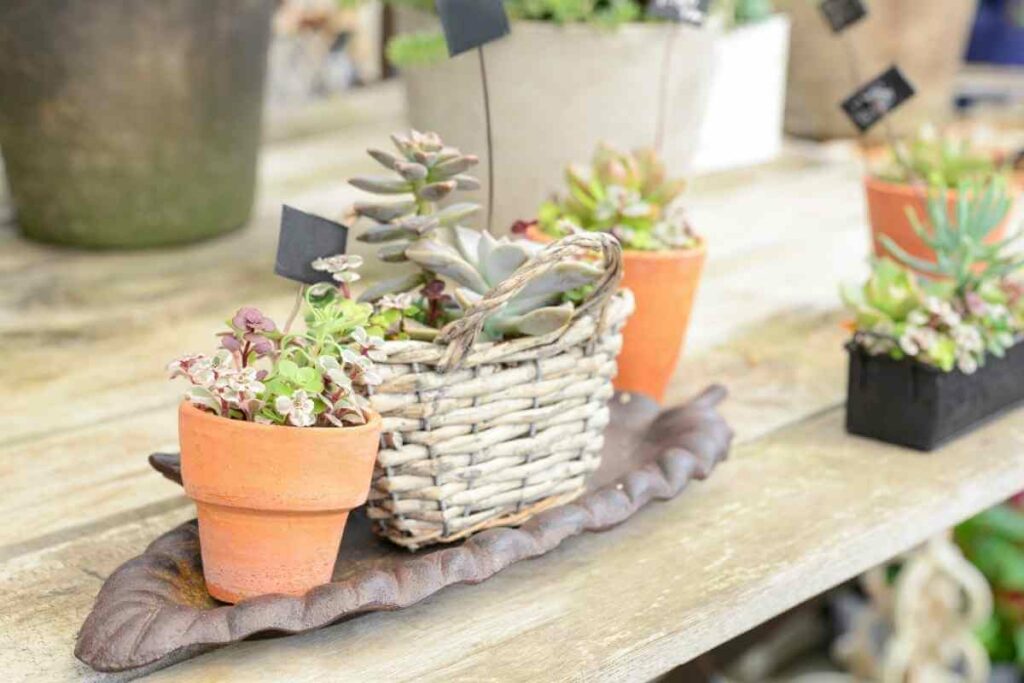
If the sunlight is sustained, the plant enters dormancy. Extreme burning will cause the leaves to flatten and go yellow and brown as the leaves dry up.
Compact soil
Compact, poorly aerated soil can make it difficult for succulent roots to absorb water leading to a wrinkled dehydrated presentation.
Tackling a wrinkly succulent
How you recover your wrinkly succulent will depend on what you think is the problem.
Sometimes the cause is not clear cut, but by being prepared to manage the common problems, you can get your succulent onto the road to recovery.
Experimentation is necessary and you may lose your plant as you try to manage the problem.
Approaching the problem as a plant health issue rather than wrinkling should get you the best results.
Adjusting water should always be the first step
With damp, waterlogged soil, you can decrease watering to recover your succulence.
Dry out the plant by taking it out of the soil before rot sets in. Place the plant on a kitchen roll and let it dry out for a few days.
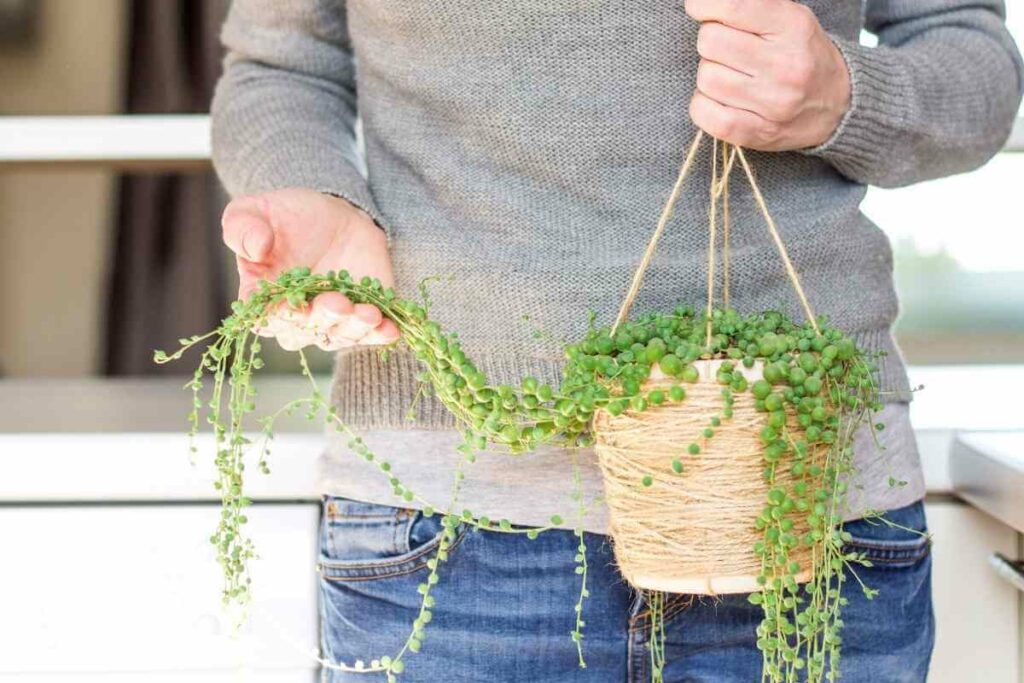
If the roots are not rotten, you can then repot the succulent in new soil.
For an Underwatered Succulent – You can start watering your plant immediately. If the dehydration of a succulent is drastic, you can frankly soak the plant in water.
Water therapy involves submerging the roots of your succulent plant in water so they can take up as much as they need to recover.
This can also damage the succulents so should be used as a last resort.
Ongoing, you can keep track of the moisture level of your succulent by placing a cocktail stick in the soil that you can use to monitor the moisture level of the soil like a dipstick.
Switch the soil
Compact, inappropriate soil can affect the condition of succulents.
Make managing the wrinkles an impetus to repot the plant in an appropriate potting mix that is ideally soil-free with good aeration and drainage.
Works Well: Terra-Cotta pots are also ideal for succulents as they deliver superb drainage. Excess water can be absorbed by the clay and released back to the plant when it needs it.
Getting the lighting just right
Managing excess sunlight is a simple matter of moving the succulent to a more shaded or tolerable position.

You can significantly underestimate the sunlight requirements of succulents that are kept indoors.
If your succulent takes too long to dry out after watering, it may not be getting the adequate sun to transpire properly:
- Ensure that your succulents are placed near a window to feel sunlight for at least a few hours of the day.
- Placing a houseplant outdoors for some hours of the day can help these succulents recover and become perter.
- During the winter months consider using a timed grow light to help meet the sunlight needs of your succulent.
Rounding up
When it comes to caring for plants, succulents are some of the most laid-back plants around, so wrinkling should be a wake-up call that your plant needs some attention.
If tackled early, the main causes of a wrinkled succulent can be remedied.
Water, lighting, and soil should always be the first areas to get under control for the long-term health of your plant.
